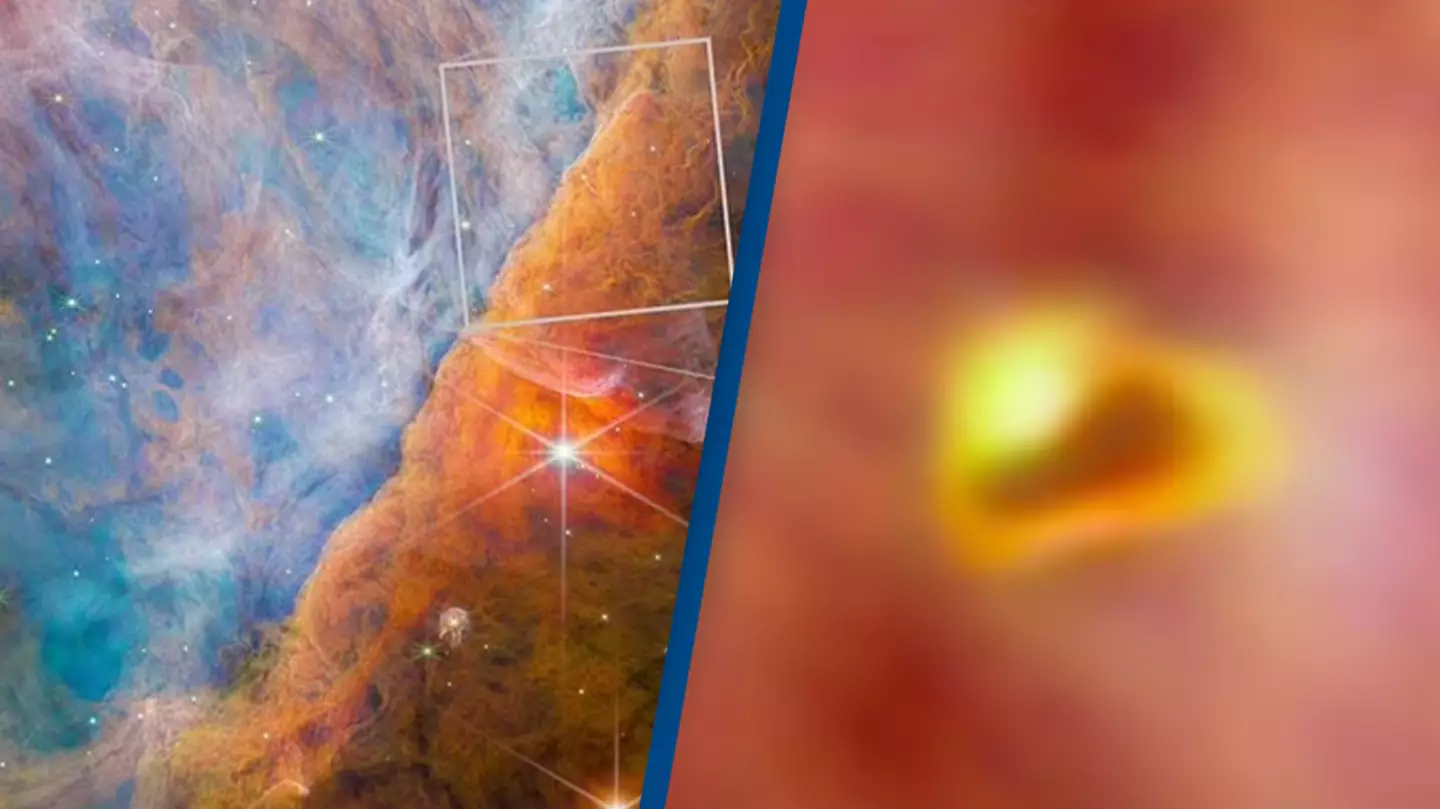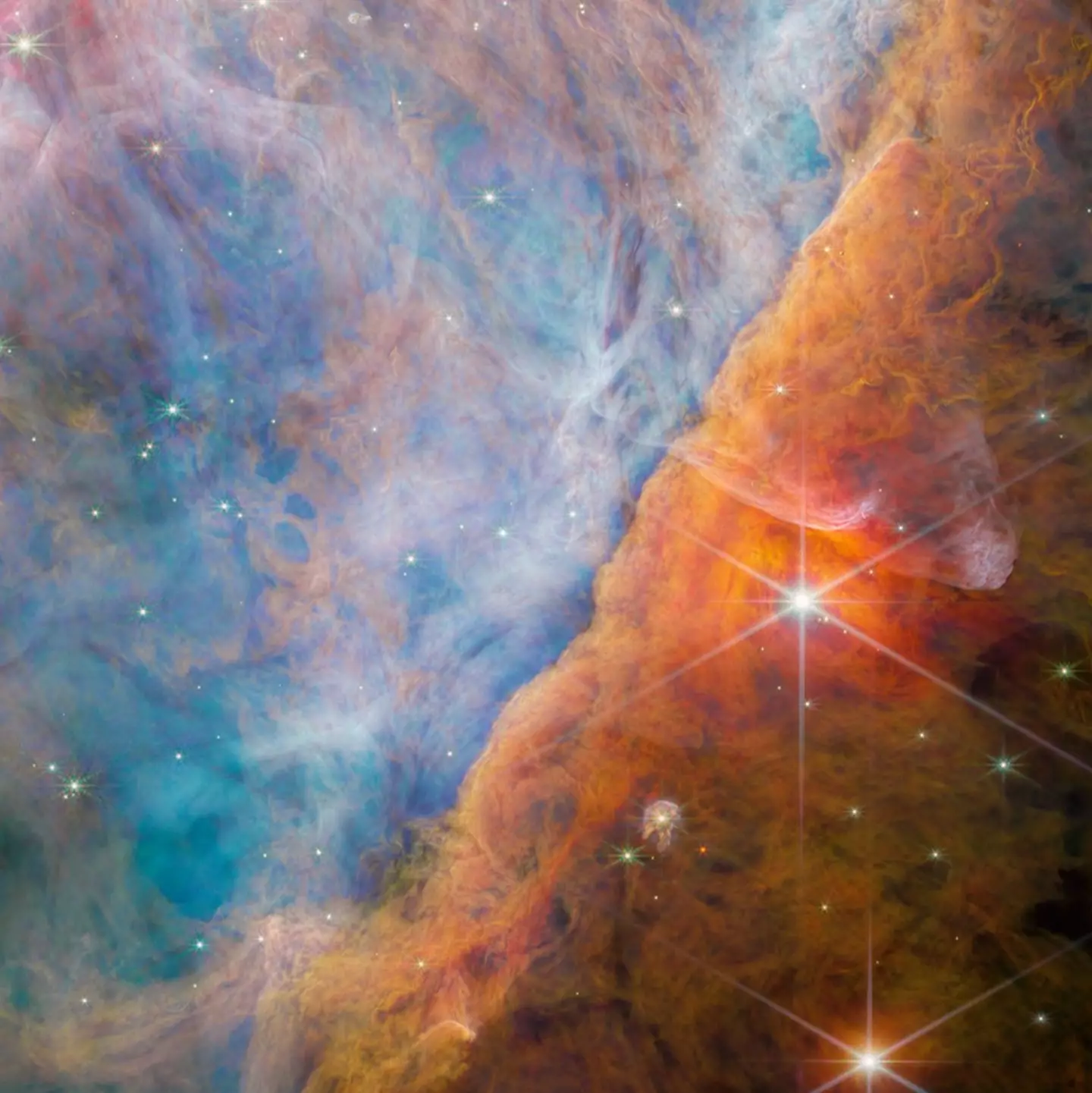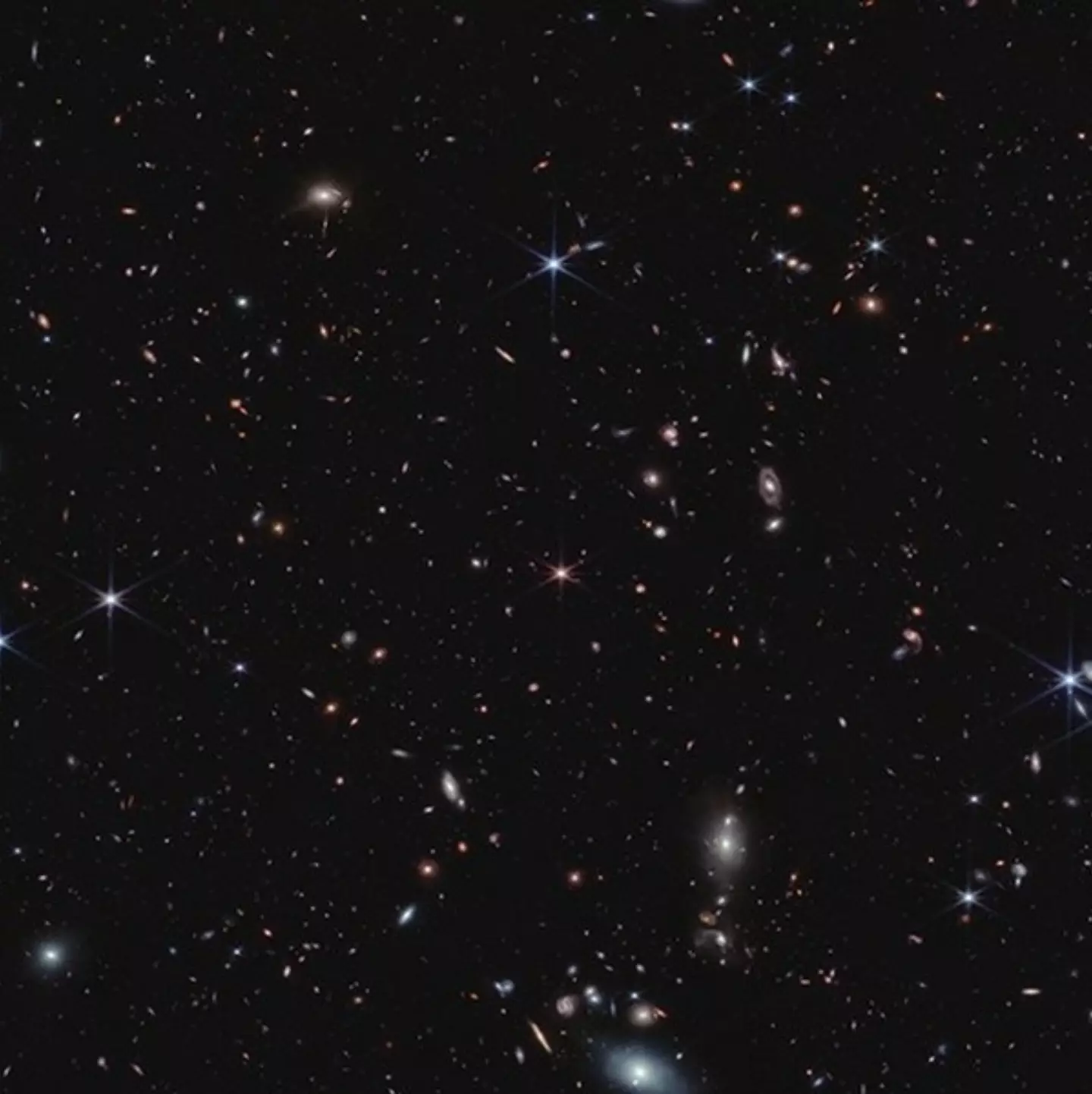
NASA has just discovered the molecule that forms the foundations of all known life.
The James Webb Telescope has identified a compound called methyl cation, or CH3+.
The molecule was found in a fairly young star system around 1,350 lightyears away from the Orion Nebula, with the study being lead by the French National Centre for Scientific Research in Toulouse.
Advert
The substance is considered to be important because of how it aids more complicated carbon-based molecules, NASA have said, and scientists think that it help form an understanding about the basis of life in the universe.

Water near a group of hydrothermal vents called 'The Lost City' contains a rich soup of hydrocarbons - which are critical for the basis of life.
And it is possible that similar conditions could exist in frozen seas on Jupiter's ocean moon, Enceladus.
Advert
Water has also been discovered in various planets - such as water being ejected out of one of Saturn's moons - which have helped support the theory that life might be possible elsewhere.
But these discoveries from the James Webb Telescope have opened a whole new can of space worms.
In a statement, Marie-Aline Martin-Drumel of the University of Paris-Saclay in France said: "This detection not only validates the incredible sensitivity of Webb but also confirms the postulated central importance of CH3+ in interstellar chemistry."
CH3+ was detected in the protoplanetary disc, known as d203-506, surrounding a star, with a protoplanetary disc being a dense cloud of gas which surrounds and orbits a newly-formed star.
Advert
Scientists also didn't detect any signs of water - making these very different from other discs.
The star system receives a huge amount of UV energy from nearby 'hot, young, massive' stars and the majority of complex organic compounds are usually expected to destroyed by UV radiation.

But in this case, the UV may be fuelling the molecule, meaning that it is the reason that the CH3+ exists in that location at all.
Advert
Olivier Berné, also from the French National Centre for Scientific Research, said: "This clearly shows that ultraviolet radiation can completely change the chemistry of a protoplanetary disk.
"It might actually play a critical role in the early chemical stages of the origins of life."
And of course, that we all have unanswered questions about whether there is life out there somewhere, especially the possibility of aliens.
But perhaps they have been trying to contact us this whole time?
Advert
That's what astronomers at the University of Amsterdam believe.
In April, a study was published suggesting that aliens from as far as 4 billion lightyears away were attempting to contact Earth via fast radio bursts (FRBS).
However, it was left unconfirmed whether they truly came from an alien lifeform - but the origin 'is worth contemplating'.
Topics: News, Space, World News, NASA
